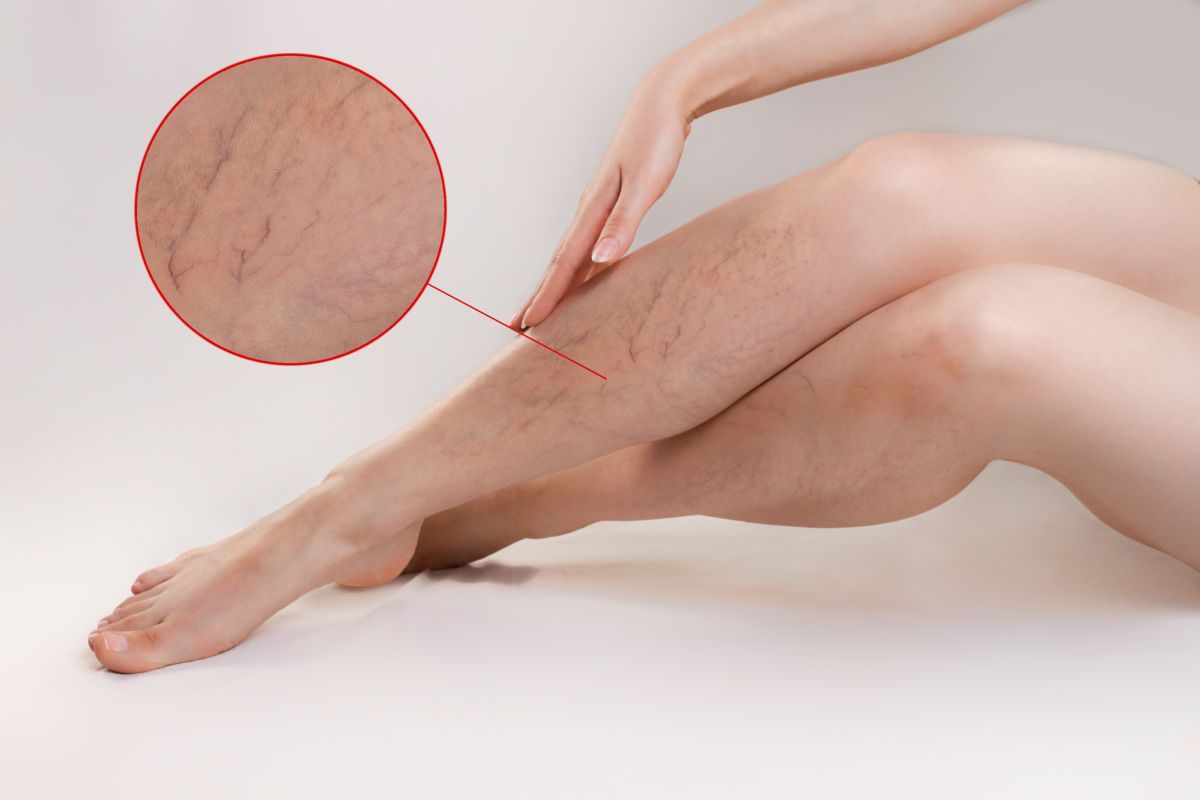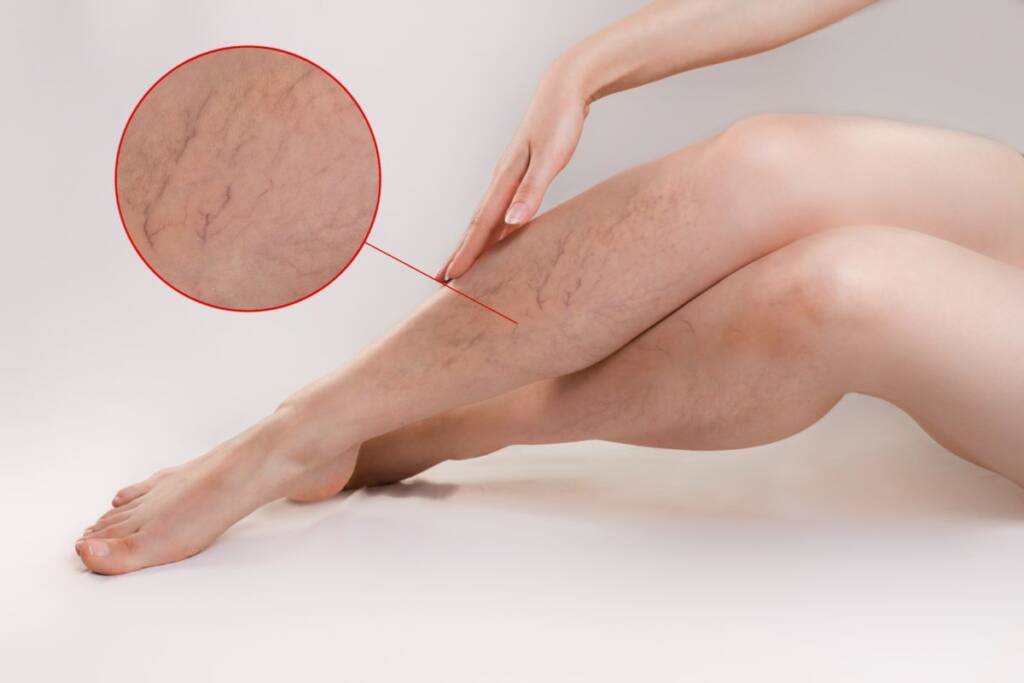Health
Varicose veins: what they are, how to recognize them and what is important to know

Varicose veins are a pretty common problem. Let's find out everything about them, when to worry and how to act.
Varicose veins, also known as spider veins, are a problem affecting the veins that lead to visible dilatation and associated wall changes . Usually, they affect the lower limbs but can also occur in other areas of the body. In any case, they represent a problem that it is important to recognize in order to always prepare the right type of treatment.
So here's everything you need to know about varicose veins and how to treat them.
Varicose veins: what they depend on
Although the first noticeable aspect of varicose veins is the swelling of the veins that appear twisted and darker in color, it is a problem that is not purely aesthetic but physical. It is in fact a circulatory problem that can cause pain and which in rare cases can lead to the development of more serious pathologies. For this reason they should never be ignored while it is vitally important to recognize them immediately, manage them appropriately and make sure they remain stable and do not get worse.

Going to the causes, varicose veins occur when the veins are not strong and elastic enough to carry blood back to the heart. Here, therefore, that in the presence of stagnation of blood in the veins , varicose veins make their appearance.
This is a problem that can occur for various reasons and which may depend on some factors which are:
– Female sex
– Familiarity
– Sedentary life
– Age
– Pregnancy
– Obesity
– Work activities that lead to standing for too many hours
These are of course just some of the reasons. In some cases varicose veins can occur even in their absence and for often unknown reasons. Regardless of why they show up, what matters is recognizing them from the first symptoms . In this way, in fact, it is possible to avoid inflammation and the formation of blood clots which, in extreme cases, can lead to the formation of thrombosis or pulmonary embolism.
Varicose vein symptoms and possible treatments
As already mentioned, varicose veins present themselves visibly (although not always) and with a characteristic appearance given by their protrusion and by their color which can be blue or purple.
They can be both asymptomatic and capable of causing various disturbances. Let's find out, therefore, what are the symptoms that concern them:
– Coloring on blue or purple
– Tortuous looking ledge
– Feeling of heaviness in the legs
– Burning
– Ache
– Night cramps in the legs
– Itching around the varicose veins
– Swollen legs
When you have even just some of these symptoms, it is very important to see an expert doctor. If there is an actual problem of varicose veins, you will have to move on to choosing the right treatment. Generally you will have to raise the bed to help blood circulation and wear graduated compression stockings or bandages. Depending on the situation, the doctor may also prescribe medicines or propose surgical treatments. The choice of the way to act depends on many factors such as age, the state of the varicose veins and the physical conditions of those who suffer from them.
Avoid varicose veins: some preventive methods
Although there is no effective way to prevent the appearance of varicose veins, it is possible to act on the circulation and well-being of the veins. To do this, it is important to maintain a correct weight and that it does not weigh down the legs or other areas of the body, eat healthily, carry out correct physical activity, avoid salty foods, do not wear high heels and avoid spending too much time standing or seated. It is also important not to drink and not smoke while it is possible to help yourself with natural remedies to counteract small circulation problems in order to prevent them from worsening the health of the veins.
What matters is always taking care of the health of the legs and varicose veins in order to never get worse. In this way, the quality of life will also improve accordingly.
Riproduzione riservata © - WT











